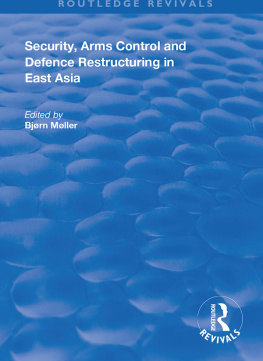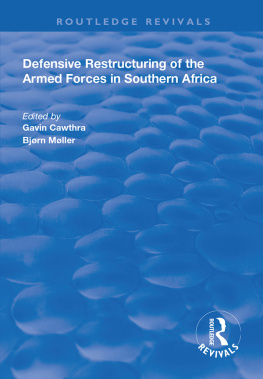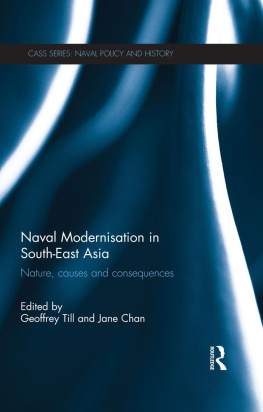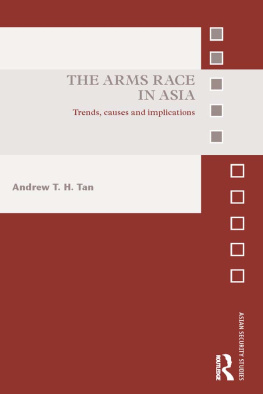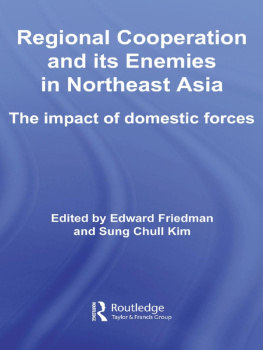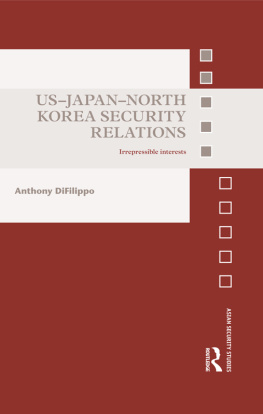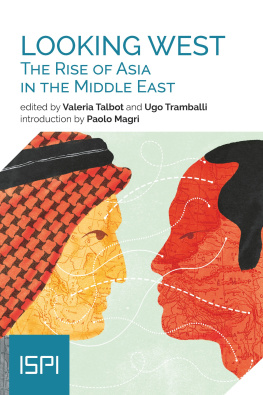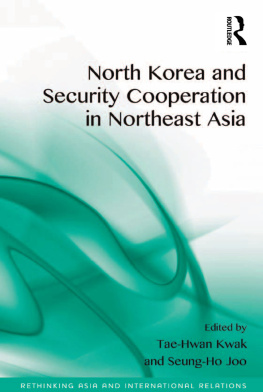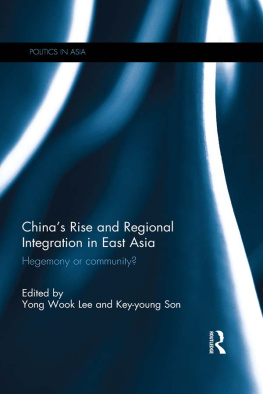First published 1998 by Ashgate Publishing
Reissued 2018 by Routledge
2 Park Square, Milton Park, Abingdon, Oxon OX14 4RN
711 Third Avenue, New York, NY 10017, USA
Routledge is an imprint of the Taylor & Francis Group, an informa business
Copyright B. Mller 1998
All rights reserved. No part of this book may be reprinted or reproduced or utilised in any form or by any electronic, mechanical, or other means, now known or hereafter invented, including photocopying and recording, or in any information storage or retrieval system, without permission in writing from the publishers.
Notice:
Product or corporate names may be trademarks or registered trademarks, and are used only for identification and explanation without intent to infringe.
Publishers Note
The publisher has gone to great lengths to ensure the quality of this reprint but points out that some imperfections in the original copies may be apparent.
Disclaimer
The publisher has made every effort to trace copyright holders and welcomes correspondence from those they have been unable to contact.
A Library of Congress record exists under LC control number : 98006525
ISBN 13: 978-1-138-34645-1 (hbk)
ISBN 13: 978-1-138-34648-2 (pbk)
ISBN 13: 978-0-429-43725-0 (ebk)
BJRN MLLER
The present work is the product of a conference held in Beijing in December 1996. This was a joint venture between three organizations: the Global Non-Offensive Defence Network, founded by the present author, funded by the Ford Foundation, and home-based at the Copenhagen Peace Research Institute (COPRI); the United Nations Institute for Disarmament Research (UNIDIR), based in Geneva; and the Chinese Peoples Association for Peace and Disarmament (CPAPD), based in Beijing and serving as the local host. The editor is grateful to both UNIDIR and CPAPD for their collaboration; to the Ford Foundation for making the conference possible; to the participants in the conference for their contributions to lively and fruitful discussions; and to those among them whose papers are included in the present volume for their additional work.
In addition to the papers presented at the conference, the present volume features two specially commissioned chapters: one on Russia, written by Professor Alexander Sergounin of the University of Nizhny Novgorod, and one on Taiwan, written by Dr. Cheng-yi Lin of the Institute of European and American Studies, Academia Sinica, Taipei. To both these authors the editor is particularly grateful for their collaboration.
Copenhagen, January 1998
BJRN MLLER
In this introductory chapter, some of the Western misperceptions of Asia will be criticized, followed by a brief survey of security and defence political trends in Asia. This super-region has been subdivided into the regions of North-East, South-East and South Asia, whereas space constraints have precluded an inclusion of both South-West and Central Asia.
The West Looks at Asia
Asia has been the subject of heated debates in the West for several years, both in Western Europe and the United States (where the general understanding of the region is poor) and in Australia, where the understanding is usually much better. Among the disputed issues have been the following:
Is the West heading for a confrontation with the rest, i.e. an unholy alliance between the Confucian and Islamic civilizations, as argued by Samuel Huntington who foretells such a clash of civilizations'or are the two parts of the world merely different, but entirely capable of peaceful, perhaps even amicable, coexistence?
Does the lack of international organizations in Asia imply that the region is a raw international anarchy, or are there functional substitutes at workor are international institutions anyhow of negligible importance?
Are Asian nations fundamentally bellicose, or at least more inclined to use force than the Westperhaps because of their allegedly lesser respect for human lives?
Should the West be concerned about the apparent arms build-up in (parts of) Asia, and/or about the risks of a proliferation of nuclear and other weapons of mass destruction, or of ballistic missileseven though the general level of armaments and means of mass destruction remains inferior to that of the West?
If so, is the appropriate Western response a compensatory build-up, perhaps accompanied be the adoption of counter-proliferation strategies? Or should we rather adopt a carrots-and-stick approach to the problem (if so it is), for instance in the form of arms control initiatives?
While the present author is strongly inclined to dismiss all of the above myths, some of them need to be taken seriously. If policy-makers in Europe and the United States should share merely some of the concerns voiced by independent analysts, this might well produce a political response by the West to which Asian nations would, in their turn, have to react. The ensuing action-reaction chain might be seen as ex post facto validating the original threat perceptions which may thus have an unfortunate propensity to become self-fulfilling prophecies. In the following, I shall therefore take a closer look at each of the above myths.
The West Against the Rest?
The only element worth salvaging from the aforementioned clash of civilizations thesis seems to be the notion that civilizations, i.e. cultures (in the widest sense of the term) matter, also for foreign and security policiesa view that contrasts sharply with that of Realism, which simplistically regards all nations as driven by the same concern for national interest defined in terms of power. However, not only is Huntingtons concept of civilization ill-defined, it is also profoundly xenophobic and eurocentric, especially as far as his prediction of a clash between the West and the rest is concerned:
First of all, the West is far more heterogenous than he gives us credit for, which is also the case for both the Confucian and the Islamic cultures. Just compare Turkey with Sudan, Malaysia or Indonesia; or China with Singapore. Secondly, the similarities between Confucianism and Islam are much less significant than Huntington seems to think. In fact in many respects Islam resembles Christianity and Judaism much more than it does Confucianism.Thirdly, the empirical evidence of any rapprochement between the two non-western civilizations is very weak, to put it mildly: a few arms sales from North Korea to Iran or from China to Saudi Arabia, which are easily explicable in other termssay, as simple responses to Western embargoes. Furthermore, these arms deals differ little from, say, American arms sales to both Islamic and Confucian civilizations, such as the GCC (Gulf Cooperation Council) countries or Taiwan.

